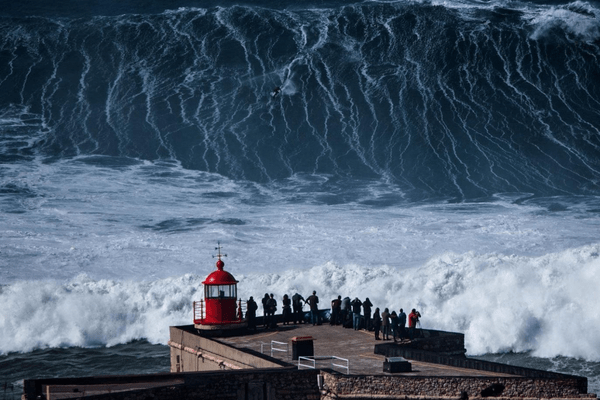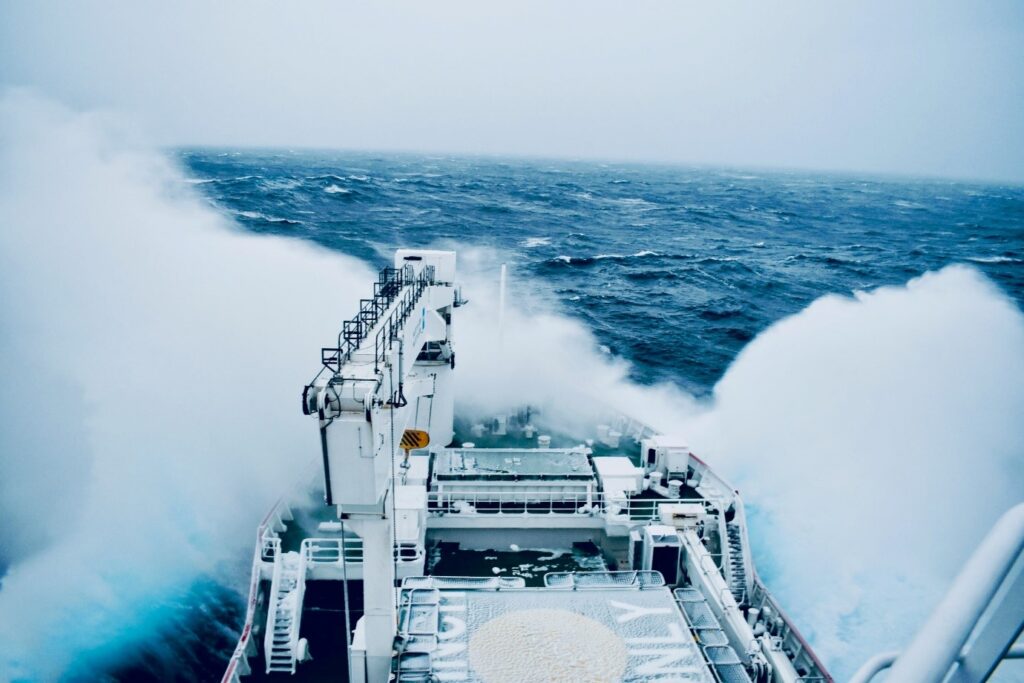: A University of Melbourne expedition to the southernmost waters encircling Antarctica has discovered that wind drives the formation of colossal rogue waves.
About Rrogue Waves:
- Also known as ‘extreme storm waves’, these are waves that are greater than twice the size of surrounding waves.
- They can form in both large bodies of freshwater and the ocean.
- They are steep-sided with unusually deep troughs, appearing as walls of water to sailors.
- They are unusually large, unpredictable, dangerous, and pose threats to ships and coastal infrastructure.
- They can occur during storms and there are recorded instances of rogue waves reaching heights of 112 feet (34 m) and 70 feet (21 m).
- Cause: Not definitively known, but one theory suggests they may form when different ocean swells reinforce one another.
- Examples:
- 62.3 feet (19 m) wave recorded by a buoy in 2013 and
- Draupner wave, an 84-foot (25.6 m) high wave that struck a natural gas platform in 1995.
- Many of the largest rogue waves have been observed in the North Sea in the North Atlantic Ocean.
Ref:Source
| UPSC IAS Preparation Resources | |
| Current Affairs Analysis | Topperspedia |
| GS Shots | Simply Explained |
| Daily Flash Cards | Daily Quiz |



